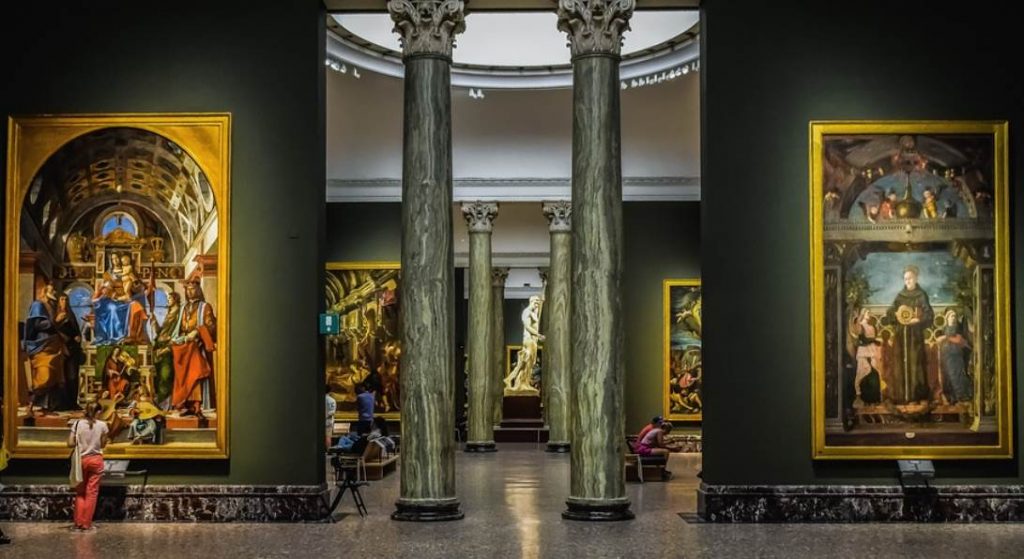It’s hard to believe but the man who introduced Renaissance architecture to Milan and High Renaissance architecture to Rome was also a renowned painter.
Donato Bramante (1444-1514) is world-famous for being the original designer of St. Peter’s Basilica in Rome, but like many of his colleagues, he was multi-talented.
In this article, we’ll take a closer look at some of the most interesting facts about Christ at the Column by Donato Bramante, one of the Renaissance artist’s most famous works.
1. It was painted when the architect was busy in Milan
Donato Bramante moved from his native Urbino to Milan in the year 1474. He became the personal architect of Duke Ludovico Sforza just 2 years later in 147 and designed multiple buildings in Milan during his stay here.
Some of his most notable achievements in the city are his trompe-l’œil choir at Santa Maria Presso San Satiro (1482-1486) and the magnificent tribune of Santa Maria delle Grazie (1492-1499).
Christ at the Column is believed to have been completed in the early 1490s, a time that a certain Leonardo da Vinci (1452-1519) was also working for the Duke of Milan.
This made the two renowned artist colleagues in both Milan and Rome, a period in history called the High Renaissance. This was a period when numerous brilliant minds converged in Rome during the patronage of Pope Julius II.
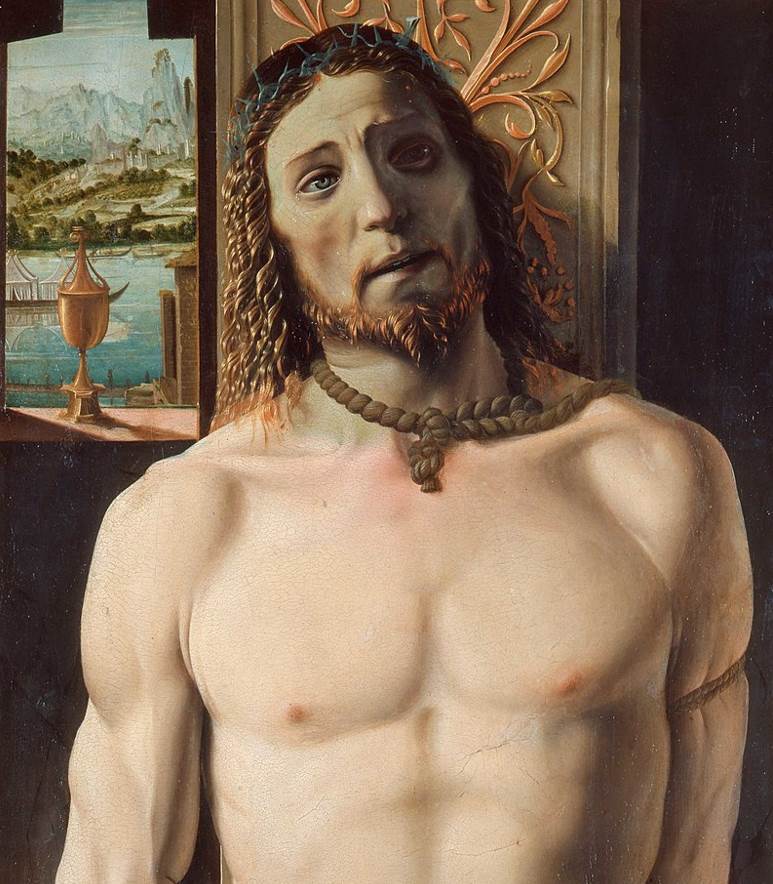
2. It was commissioned to decorate a large abbey near the city
Little is known about the exact details of the commissioned but it was commissioned to decorate the Abbey of Santa Maria di Rovegnano, a monastery complex commonly referred to as Chiaravalle Abbey. Today, It’s located in the southeastern outskirts of Milan.
This Cistercian monastery was founded in 1135 and is considered to be one of the first Gothic buildings in Italy, despite also featuring some Romanesque elements. The painting was hung inside a chapel of the transept upon completion.
What’s remarkable about Chiaravalle Abbey is that Bramante also designed the “Chiostro Grande” or “large cloister” and the chapterhouse of the abbey. Unfortunately, these structures were demolished in 1861 to make way for a railway line nearby.
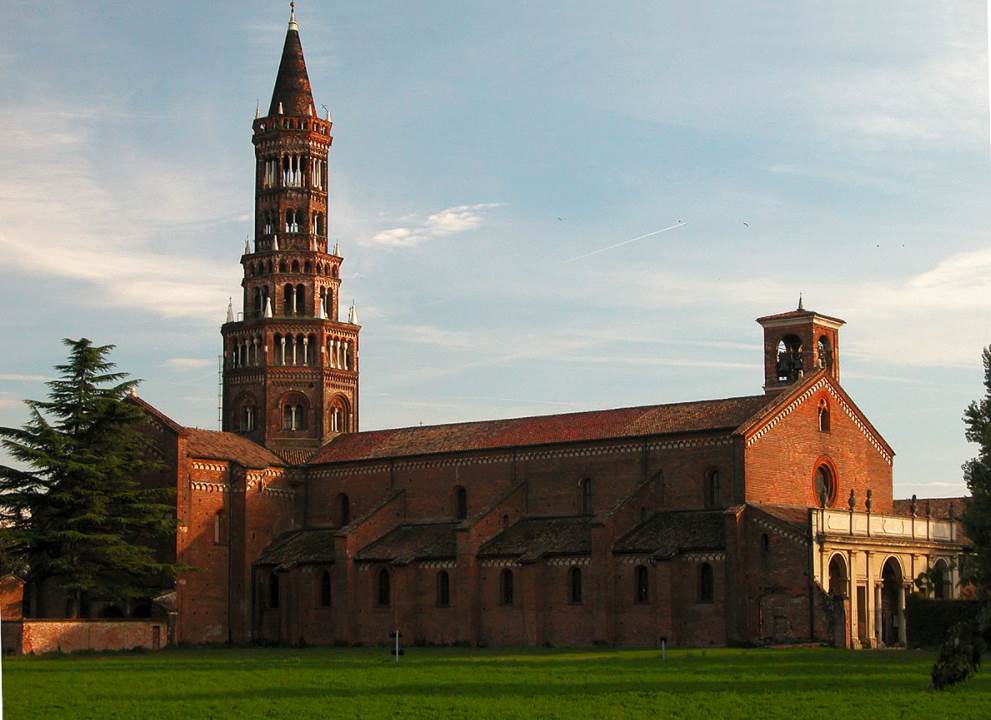
3. It depicts Jesus Christ just before being punished
Christ at the Column is also known as “Christ tied to the Column” and is a remarkable work of art for several reasons.
One of these is that it’s considered to be the only extant panel painting produced by Bramante, a man predominantly known as an architect.
The painting depicts a close-up view of Jesus Christ who is tied to an elaborately decorated column. The look on his face makes it clear that he isn’t enjoying himself as he is about to be punished before his crucifixion takes place.
The rope around his neck strengthened the tension and strong feelings that the viewer gets about the man’s fate. These elements were masterly integrated by the artist.
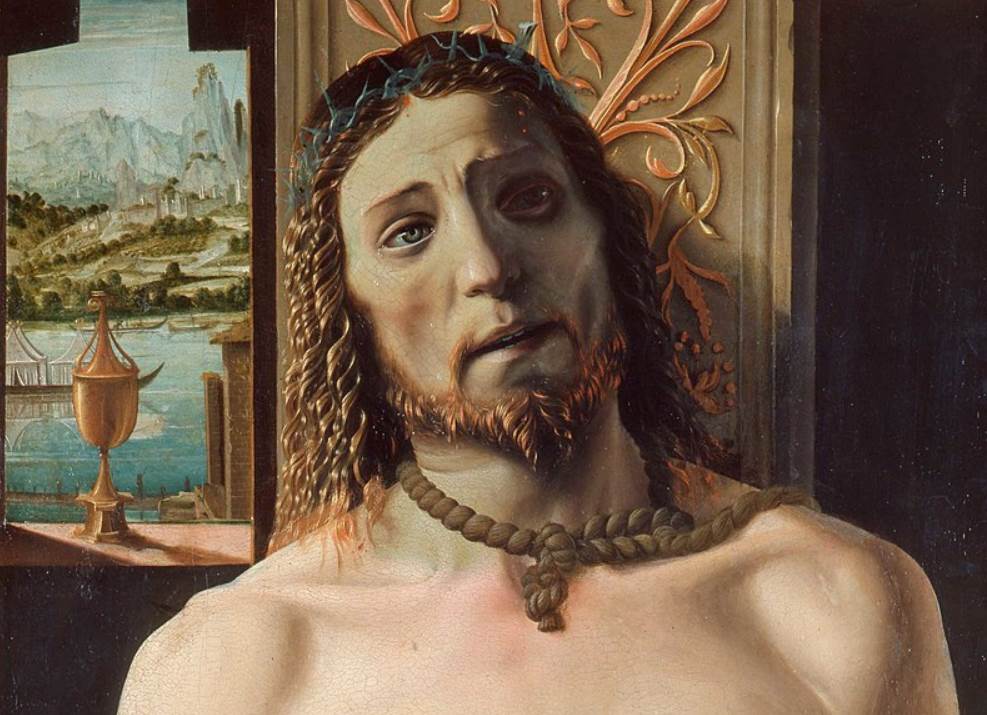
4. Bramante integrated his mastery of perspective into this work
Donato Bramante was born in a small town named Fermignano which is near the city of Urbino, the capital of the Duchy of Urbino. He received his training here as well and closely studied perspective which defines his later works.
He took it a step further when he moved to Milan and managed to integrate the Renaissance ideals into his mathematical approach to perspective. The trompe-l’œil choir at Santa Maria Presso San Satiro is the greatest example of this.
The elements shine through in this painting as well as we get the illusion that Jesus is tied to a column inside a vast space and we can see a distant landscape in the background.
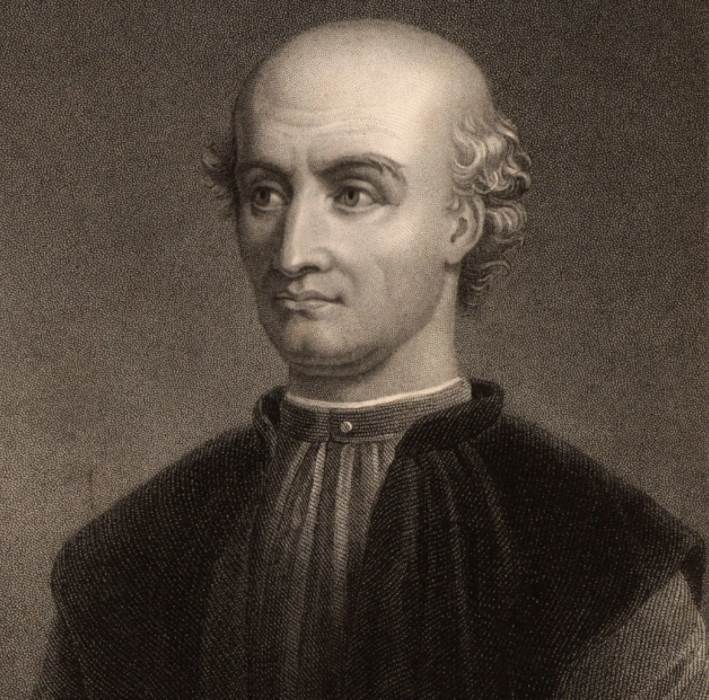
5. The artist was influenced by one of his famous colleagues
Although Leonardo da Vinci most probably didn’t start working on his famous Last Supper painting (1492-1499) when Bramante completed Christ at the Column, he already painted multiple masterpieces in Milan during his stay here.
Both artists worked at the court of Duke Ludovico Sforza at the time until he was overthrown by the French, so they certainly learned a lot from each other.
The influence of da Vinci can be seen in the realistic depiction of the body of Christ, his teary eyes, and the remarkable expression on his face. Da Vinci was a master in portraying movements of the body and the expressions on a person’s face.
One of the paintings that might have influenced Bramante was “Portrait of a Musician” (1485) which da Vinci completed just a few years earlier.
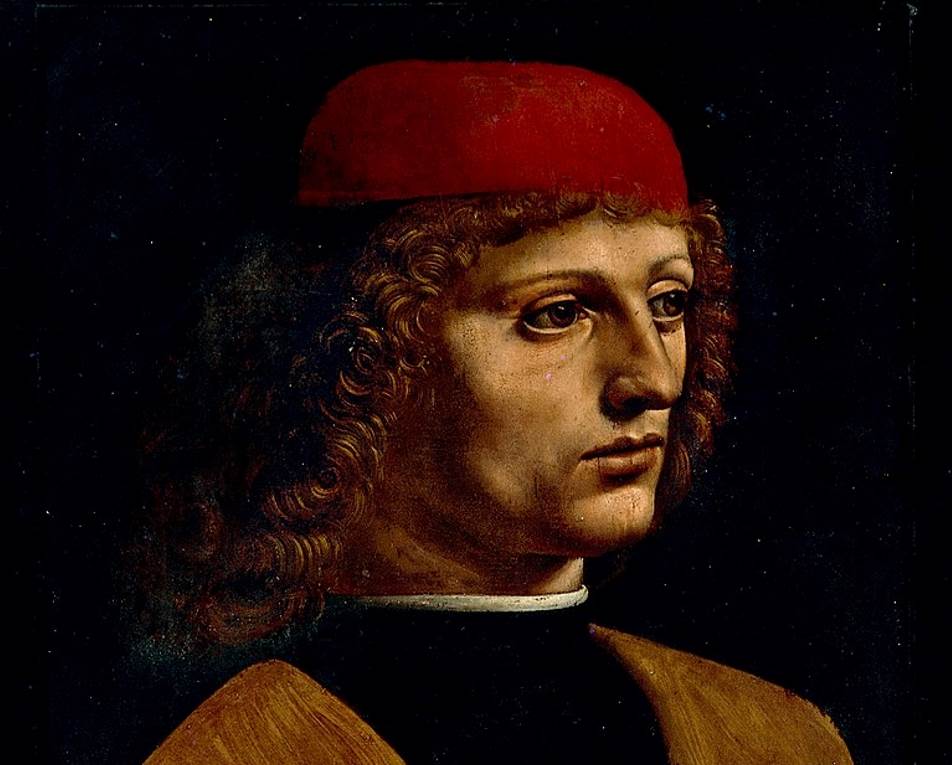
6. There’s a visible influence of Flemish paintings as well
The distant landscape is not only a masterpiece of perception but was also influenced by the works of the Flemish artists of the northern Renaissance. This especially reflects in the level of detail that Bramante integrated.
We can observe a lake, a hilly area, and even mountains in the distance. The level of detail resembles the works of Jan van Eyck (1390-1441), the renowned Early Netherlandish painter who was active in Bruges.
7. How big is Christ at the Column by Donato Bramante?
Christ at the Column is far from being a monumental work of art but because it provides a close-up view of this man in distress it appears to be much bigger than it is. This feeling is enhanced by the perspective of the landscape we can see out of the window.
This oil on panel painting has dimensions of 93.7 × 62.5 centimeters (36.9 × 24.6 inches).
8. Where is the painting located today?
The painting hung at the Abbey of Chiaravalle for over 4 centuries before it was donated to the Pinacoteca di Brera in Milan. You can still admire a copy of the painting inside one of the chapels of the abbey church.
It was moved to this popular museum in 1915 and has been part of the collection of the most popular museum in Milan ever since. It hangs at the museum along with numerous other masterpieces painted by some of the greatest artists in history.
